jlykins
TPF Noob!
- Joined
- Dec 1, 2007
- Messages
- 1,235
- Reaction score
- 3
- Location
- Cincinnati
- Can others edit my Photos
- Photos OK to edit
Got into the new studio last week, and after a few days of painting and stuff this was the first shoot I did. These are a couple of "swimsuit models" that work for a small production company in Cincinnati. CC welcome. Almost forgot, the setup is all whitelightning strobes. a 1200 at about 45degrees camera right, a 1200 just to the camera left, and two 1200's on the background. First time using the new strobes, and man those things are powerful.
1
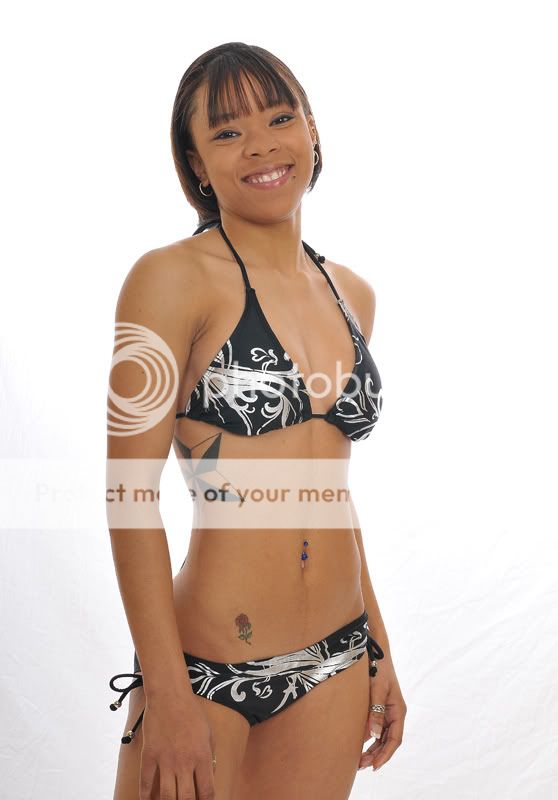
2
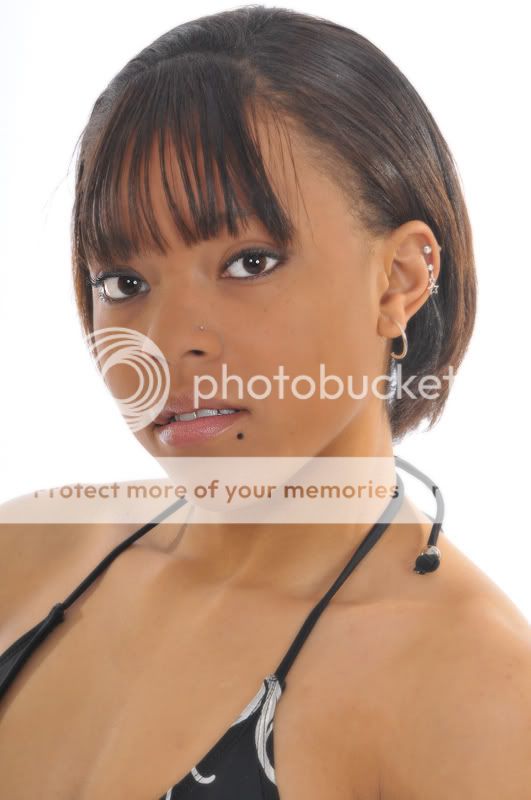
3
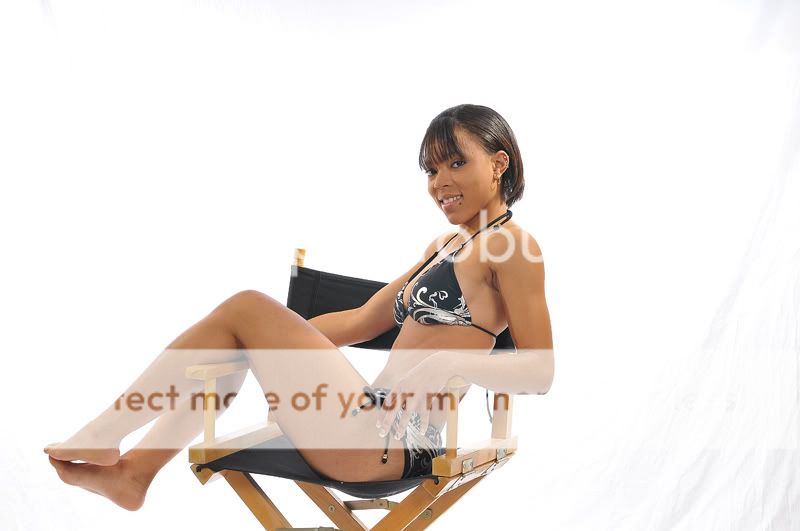
4
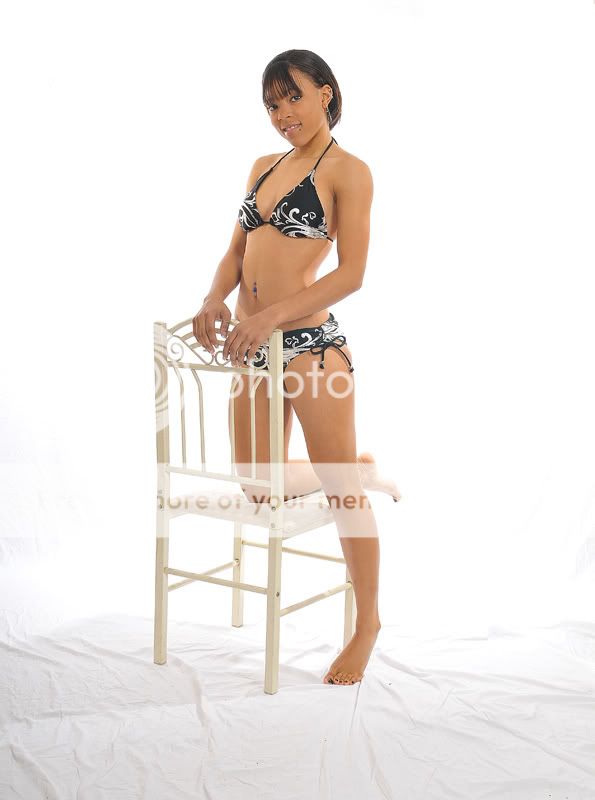
5
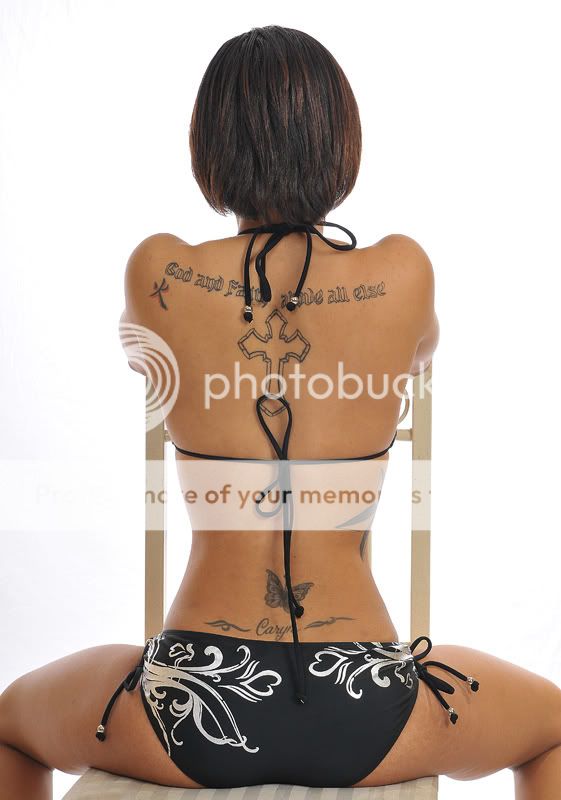
6
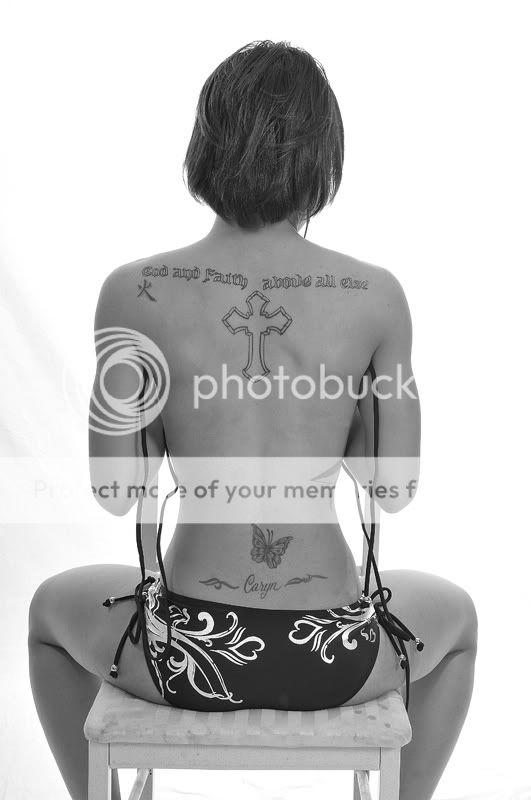
7
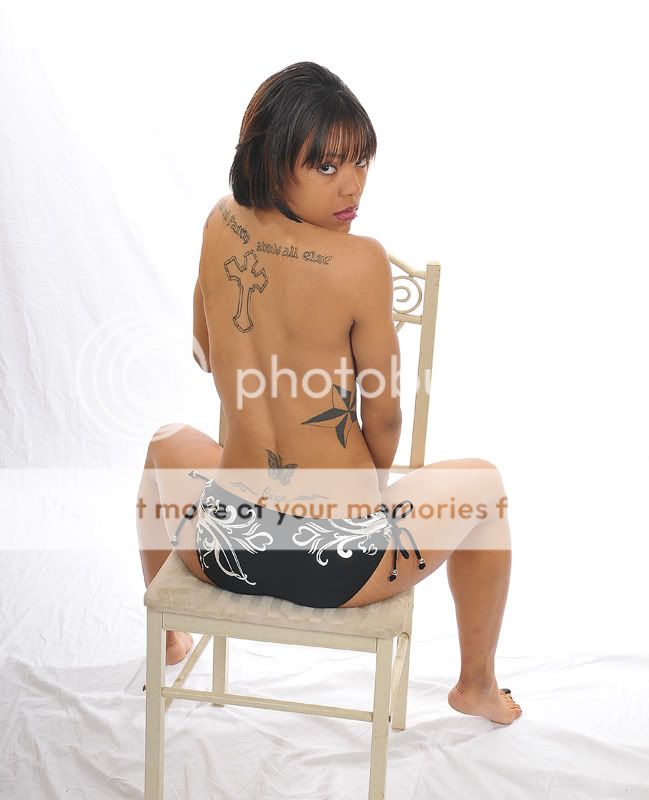
8
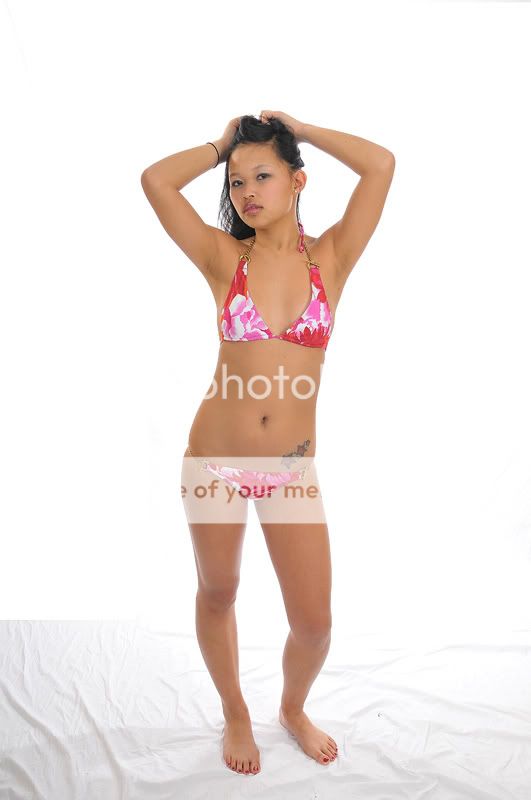
1

2

3

4

5

6

7

8


![[No title]](/data/xfmg/thumbnail/39/39188-ef8378fc9359eda8e99899c2e12f3892.jpg?1734173063)






![[No title]](/data/xfmg/thumbnail/39/39187-9ec2507d9e5ef2843f7f00127c7abb4c.jpg?1734173062)



